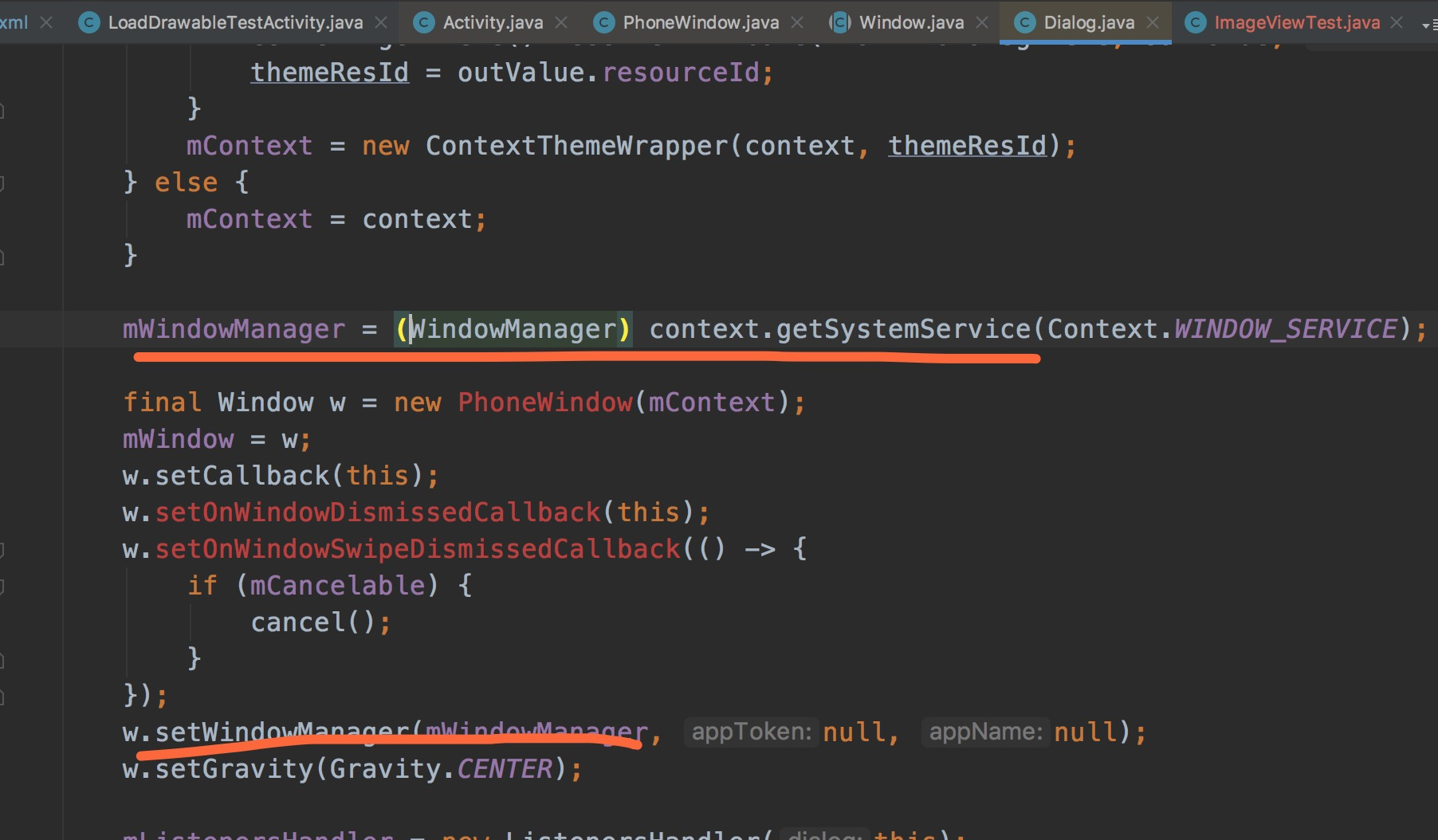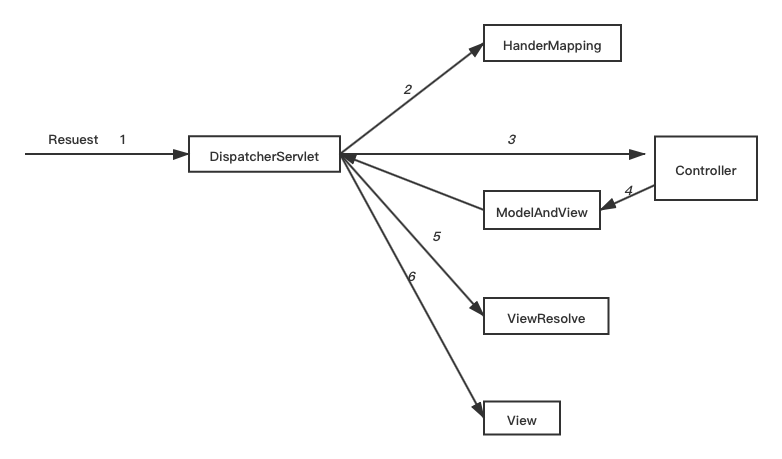可以将文章内容翻译成中文,广告屏蔽插件可能会导致该功能失效(如失效,请关闭广告屏蔽插件后再试):
问题:
I'd like to manually (using the socket and ssl modules) make an HTTPS request through a proxy which itself uses HTTPS.
I can perform the initial CONNECT exchange just fine:
import ssl, socket
PROXY_ADDR = ("proxy-addr", 443)
CONNECT = "CONNECT example.com:443 HTTP/1.1\r\n\r\n"
sock = socket.create_connection(PROXY_ADDR)
sock = ssl.wrap_socket(sock)
sock.sendall(CONNECT)
s = ""
while s[-4:] != "\r\n\r\n":
s += sock.recv(1)
print repr(s)
The above code prints HTTP/1.1 200 Connection established plus some headers, which is what I expect. So now I should be ready to make the request, e.g.
sock.sendall("GET / HTTP/1.1\r\n\r\n")
but the above code returns
<!DOCTYPE HTML PUBLIC "-//IETF//DTD HTML 2.0//EN">
<html><head>
<title>400 Bad Request</title>
</head><body>
<h1>Bad Request</h1>
<p>Your browser sent a request that this server could not understand.<br />
Reason: You're speaking plain HTTP to an SSL-enabled server port.<br />
Instead use the HTTPS scheme to access this URL, please.<br />
</body></html>
This makes sense too, since I still need to do an SSL handshake with the example.com server to which I'm tunneling. However, if instead of immediately sending the GET request I say
sock = ssl.wrap_socket(sock)
to do the handshake with the remote server, then I get an exception:
Traceback (most recent call last):
File "so_test.py", line 18, in <module>
ssl.wrap_socket(sock)
File "/usr/lib/python2.6/ssl.py", line 350, in wrap_socket
suppress_ragged_eofs=suppress_ragged_eofs)
File "/usr/lib/python2.6/ssl.py", line 118, in __init__
self.do_handshake()
File "/usr/lib/python2.6/ssl.py", line 293, in do_handshake
self._sslobj.do_handshake()
ssl.SSLError: [Errno 1] _ssl.c:480: error:140770FC:SSL routines:SSL23_GET_SERVER_HELLO:unknown protocol
So how can I do the SSL handshake with the remote example.com server?
EDIT: I'm pretty sure that no additional data is available before my second call to wrap_socket because calling sock.recv(1) blocks indefinitely.
回答1:
This should work if the CONNECT string is rewritten as follows:
CONNECT = "CONNECT %s:%s HTTP/1.0\r\nConnection: close\r\n\r\n" % (server, port)
Not sure why this works, but maybe it has something to do with the proxy I'm using. Here's an example code:
from OpenSSL import SSL
import socket
def verify_cb(conn, cert, errun, depth, ok):
return True
server = 'mail.google.com'
port = 443
PROXY_ADDR = ("proxy.example.com", 3128)
CONNECT = "CONNECT %s:%s HTTP/1.0\r\nConnection: close\r\n\r\n" % (server, port)
s = socket.socket(socket.AF_INET, socket.SOCK_STREAM)
s.connect(PROXY_ADDR)
s.send(CONNECT)
print s.recv(4096)
ctx = SSL.Context(SSL.SSLv23_METHOD)
ctx.set_verify(SSL.VERIFY_PEER, verify_cb)
ss = SSL.Connection(ctx, s)
ss.set_connect_state()
ss.do_handshake()
cert = ss.get_peer_certificate()
print cert.get_subject()
ss.shutdown()
ss.close()
Note how the socket is first opened and then open socket placed in SSL context. Then I manually initialize SSL handshake. And output:
HTTP/1.1 200 Connection established
<X509Name object '/C=US/ST=California/L=Mountain View/O=Google Inc/CN=mail.google.com'>
It's based on pyOpenSSL because I needed to fetch invalid certificates too and Python built-in ssl module will always try to verify the certificate if it's received.
回答2:
Judging from the API of the OpenSSL and GnuTLS library, stacking a SSLSocket onto a SSLSocket is actually not straightforwardly possible as they provide special read/write functions to implement the encryption, which they are not able to use themselves when wrapping a pre-existing SSLSocket.
The error is therefore caused by the inner SSLSocket directly reading from the system socket and not from the outer SSLSocket. This ends in sending data not belonging to the outer SSL session, which ends badly and for sure never returns a valid ServerHello.
Concluding from that, I would say there is no simple way to implement what you (and actually myself) would like to accomplish.
回答3:
It doesn't sound like there's anything wrong with what you're doing; it's certainly possible to call wrap_socket() on an existing SSLSocket.
The 'unknown protocol' error can occur (amongst other reasons) if there's extra data waiting to be read on the socket at the point you call wrap_socket(), for instance an extra \r\n or an HTTP error (due to a missing cert on the server end, for instance). Are you certain you've read everything available at that point?
If you can force the first SSL channel to use a "plain" RSA cipher (i.e. non-Diffie-Hellman) then you may be able to use Wireshark to decrypt the stream to see what's going on.
回答4:
Finally I got somewhere expanding on @kravietz and @02strich answers.
Here's the code
import threading
import select
import socket
import ssl
server = 'mail.google.com'
port = 443
PROXY = ("localhost", 4433)
CONNECT = "CONNECT %s:%s HTTP/1.0\r\nConnection: close\r\n\r\n" % (server, port)
class ForwardedSocket(threading.Thread):
def __init__(self, s, **kwargs):
threading.Thread.__init__(self)
self.dest = s
self.oursraw, self.theirsraw = socket.socketpair(socket.AF_UNIX, socket.SOCK_STREAM)
self.theirs = socket.socket(_sock=self.theirsraw)
self.start()
self.ours = ssl.wrap_socket(socket.socket(_sock=self.oursraw), **kwargs)
def run(self):
rl, wl, xl = select.select([self.dest, self.theirs], [], [], 1)
print rl, wl, xl
# FIXME write may block
if self.theirs in rl:
self.dest.send(self.theirs.recv(4096))
if self.dest in rl:
self.theirs.send(self.dest.recv(4096))
def recv(self, *args):
return self.ours.recv(*args)
def send(self, *args):
return self.outs.recv(*args)
def test():
s = socket.socket(socket.AF_INET, socket.SOCK_STREAM)
s.connect(PROXY)
s = ssl.wrap_socket(s, ciphers="ALL:aNULL:eNULL")
s.send(CONNECT)
resp = s.read(4096)
print (resp, )
fs = ForwardedSocket(s, ciphers="ALL:aNULL:eNULL")
fs.send("foobar")
Don't mind custom cihpers=, that only because I didn't want to deal with certificates.
And there's depth-1 ssl output, showing CONNECT, my response to it ssagd and depth-2 ssl negotiation and binary rubbish:
[dima@bmg ~]$ openssl s_server -nocert -cipher "ALL:aNULL:eNULL"
Using default temp DH parameters
Using default temp ECDH parameters
ACCEPT
-----BEGIN SSL SESSION PARAMETERS-----
MHUCAQECAgMDBALAGQQgmn6XfJt8ru+edj6BXljltJf43Sz6AmacYM/dSmrhgl4E
MOztEauhPoixCwS84DL29MD/OxuxuvG5tnkN59ikoqtfrnCKsk8Y9JtUU9zuaDFV
ZaEGAgRSnJ81ogQCAgEspAYEBAEAAAA=
-----END SSL SESSION PARAMETERS-----
Shared ciphers: [snipped]
CIPHER is AECDH-AES256-SHA
Secure Renegotiation IS supported
CONNECT mail.google.com:443 HTTP/1.0
Connection: close
sagq
�u\�0�,�(�$��
�"�!��kj98���� �m:��2�.�*�&���=5�����
��/�+�'�#�� ����g@32��ED���l4�F�1�-�)�%���</�A������
�� ������
�;��A��q�J&O��y�l
回答5:
Building on @kravietz answer. Here is a version that works in Python3 through a Squid proxy:
from OpenSSL import SSL
import socket
def verify_cb(conn, cert, errun, depth, ok):
return True
server = 'mail.google.com'
port = 443
PROXY_ADDR = ("<proxy_server>", 3128)
CONNECT = "CONNECT %s:%s HTTP/1.0\r\nConnection: close\r\n\r\n" % (server, port)
s = socket.socket(socket.AF_INET, socket.SOCK_STREAM)
s.connect(PROXY_ADDR)
s.send(str.encode(CONNECT))
s.recv(4096)
ctx = SSL.Context(SSL.SSLv23_METHOD)
ctx.set_verify(SSL.VERIFY_PEER, verify_cb)
ss = SSL.Connection(ctx, s)
ss.set_connect_state()
ss.do_handshake()
cert = ss.get_peer_certificate()
print(cert.get_subject())
ss.shutdown()
ss.close()
This works in Python 2 also.





